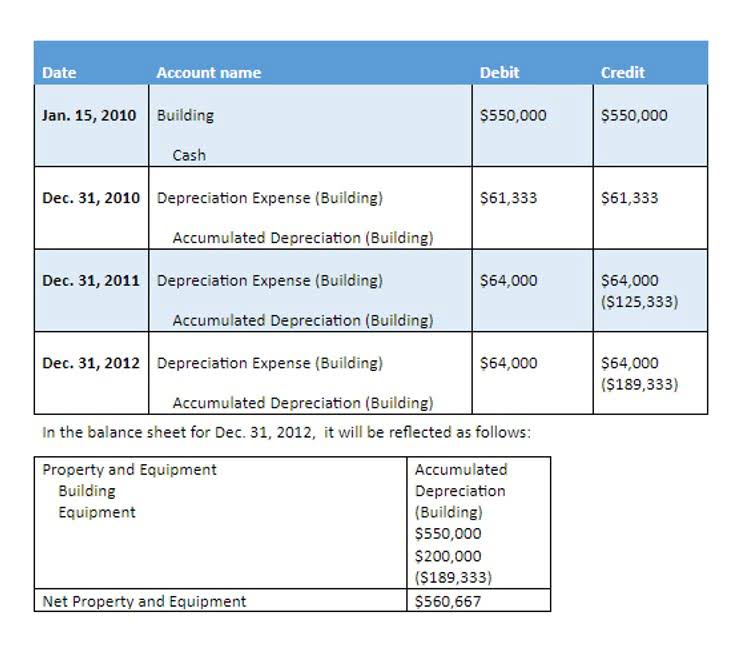
Accrued vacation pay isn’t paid the same way for every employer, and this provides an advantage for employers. Allowing your company to pay vacation or leave time in different ways is useful for payroll purposes. During times of uncertainty in the workplace, it may be harder to receive accrued vacation pay when things are less than stable. Vacation accrual during leave or vacation accrual during layoff are examples of how an accrual of vacation days provides security and stability for compensation during difficult times. On the topic of PTO, there is plenty of paid time off that can count towards accrued leave pay, and PTO is crucial in calculating accrued leave.
- Here are a few different kinds of PTO that can factor into accrued vacation days and accrued pay.
- Likewise, the company needs to account for it by making proper accrued vacation journal entry at the period-end adjusting entry.
- For hourly workers, the current pay per day would be computed as the hourly compensation rate on the date of accrual multiplied by the total number of hours to be compensated for one day.
- For instance, some companies offer paid time off (PTO) banks that combine vacation, sick leave, and personal days into a single pool.
- That accrual rate would be 1.54 hours of PTO earned (accrued) for each week worked.
How Vacation Accrual Doesn’t Benefit Employees

Accrual accounting reports accrued vacation in the way described in Section 2. However, accrued vacation does not exist on the financial statements of companies that use a cash system because the company recognizes the expense only once an employee takes vacation. Company accountants record all accrued vacation in its own account in the company’s ledger. “Accrued Wages” is an account payable, and forms part of the “Current Liabilities” group at the beginning of the “Liabilities” section. This means that employees must use their vacation time by a certain date (such as the end of the year), and can only carry forward a small number of hours (if any) into the next year. One issue is that this policy may be illegal, since vacation is an earned benefit that cannot be taken away (which depends on the law in each state).

LiabilityCurrent or Noncurrent LiabilityFootnote
In this article, I explain the step-by-step process of adjusting vacation accrual. Learn how to effectively calculate and manage vacation pay, understand accrual methods, tax implications, and international variations. If you do not want to track dollars accrued then you can simply leave the wage field blank. This template will allow you to track vacation dollars and hours even if there are wage or vacation rate changes.
Adding vacation accrual
- Unfortunately, while vacation accrual is beneficial for many reasons, to both employees and employers, it also poses some liabilities.
- The second range is from June 1 until the end of the year (you can adjust the cut-off date in the EmployeeInfo tab).
- For example, a typical company will operate 8 hours a day, 5 days a week, for 52 weeks.
- This guide aims to provide a comprehensive overview of the various aspects involved in vacation pay calculation and management.
- From an accounting perspective, it’s important to track accrued vacation pay to ensure that a company’s financial statements accurately reflect its outstanding obligations.
- According to your vacation policy, John Smith receives five hours of vacation time per month, for a total of 60 hours per year.
- Sign up to receive more well-researched small business articles and topics in your inbox, personalized for you.
This period can vary, but it often includes the last 12 months of employment. Regular earnings usually encompass base salary, commissions, and certain types of bonuses, but may exclude overtime and discretionary bonuses. By recording accrued vacation pay, XYZ Corp ensures that its financial statements accurately reflect its financial obligations and the expenses incurred during the accounting period.
Like any data tool, a PTO vacation accrual calculator is only as good as the data you key into it. That’s why we encourage you to consider all the variables described accrued vacation meaning in the steps above, in addition to how much time you offer as PTO to your employees. And, consider whether full-time and part-time employees are eligible—and when.
- The overriding concern, of course, is that state and local regulations be carefully followed.
- In Europe, for instance, the European Union mandates a minimum of four weeks of paid vacation per year for all employees, a standard that is often exceeded by individual member states.
- Please note this spreadsheet should be used to help reconcile to your payroll provider’s data to ensure accuracy and completeness.
- The PTO time renews each year, some employers offer rollover, so unused PTO can be used the next year.
- Often, salaried employees are granted a fixed rate of paid time off based on their average workweek—it can be a number of hours or days a year, such as 40 hours a year, or five days off for vacation.
Adding More Vacation Accrual
Paid vacation is a fringe benefit that many employers offer their employees. As a fringe benefit, paid vacation is not factored into the employee’s salary or hourly wage. However, the company includes the cost of fringe benefits when calculating the total compensation package of an employee. As such, accrued vacation appears as a wage- or compensation-related expense on the company’s balance sheet.
To calculate PTO accrual, this number will be converted to hours by multiplying the number of days provided by the standard hours worked per day. You now carry $3,000 in accrued expenses on your books to reflect the $3,000 you owe the landlord. At the end of the year, five employees have not used four vacation days each. During each pay period, an employer can choose to pay the vacation owing amount for vacationable periods. Cash is an asset account, which increases by a debit and decreases by a credit.

Suppose Fred, one of your employees, has 30 hours of accrued vacation time. Your use it or lose it policy can require Fred to use up these 30 hours by the end of the first quarter of the following calendar year or forfeit the vacation time. Companies might implement a tiered accrual system, where the rate of vacation accrual increases with the length of employment. For example, employees might earn one day of vacation per month during their first year, but this rate could increase to 1.5 days per month after five years of service.

